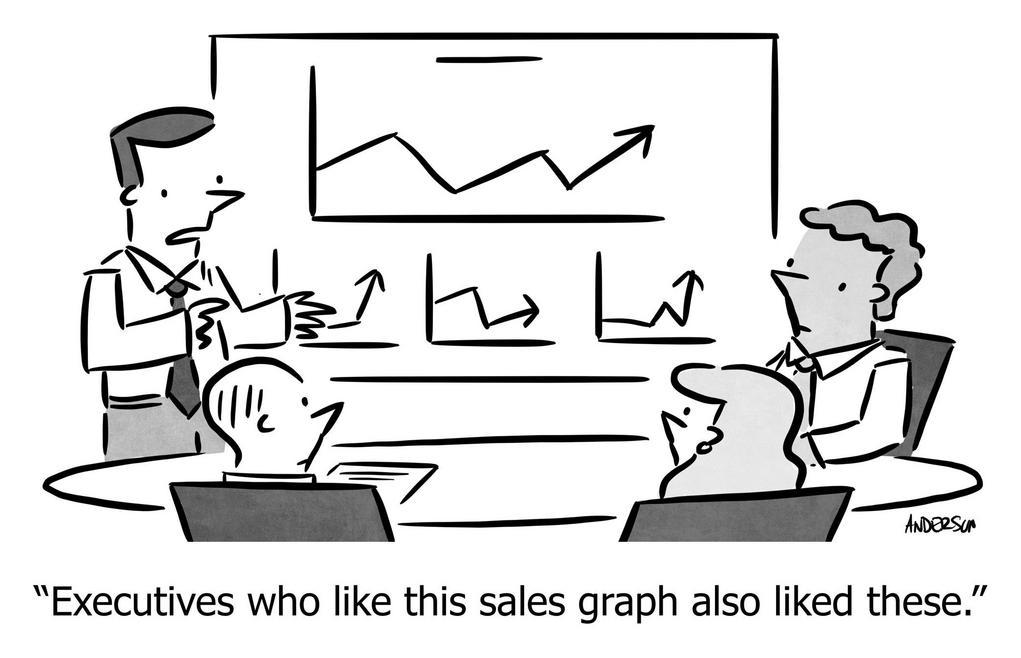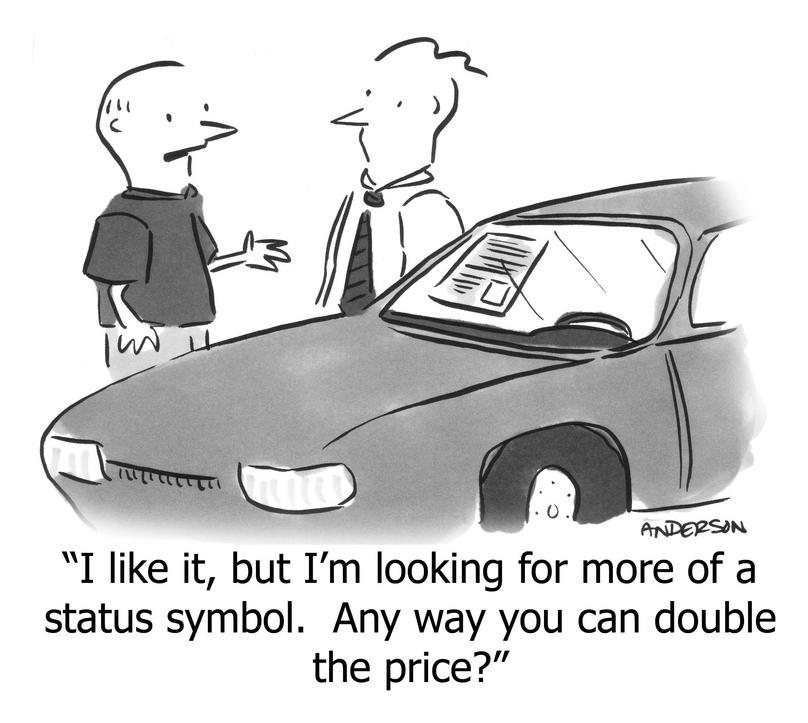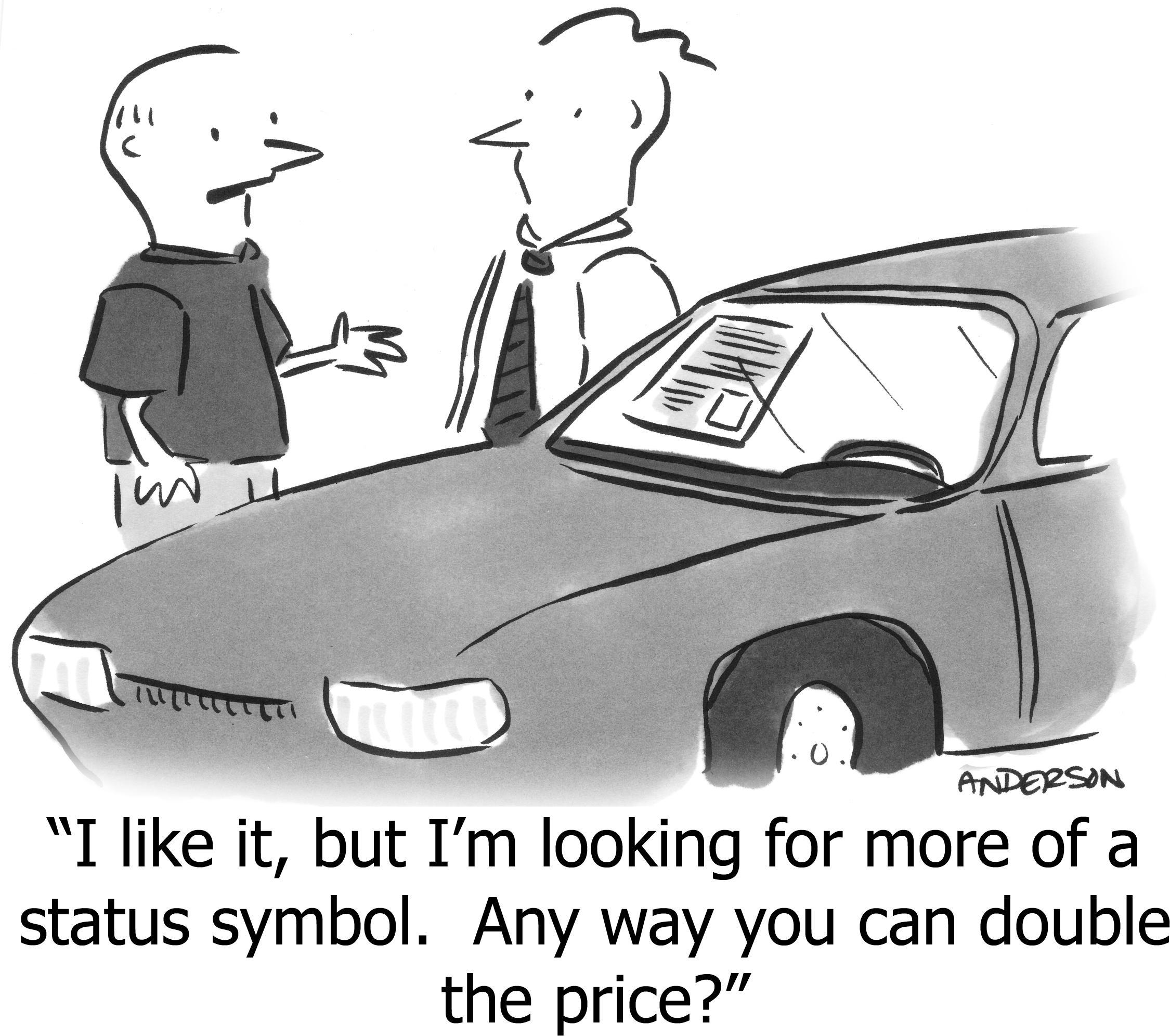Product Purgatory: When they love it but still don’t buy
Most people say nice things when you pitch your product. “Oh, that looks really great! I like it, but we’re not buying right now. Maybe call back later in the year?” It’s hard to tell you that your baby is ugly.
This creates a trap for new founders who are (rightly!) infatuated with their ideas. They yearn so desperately for validation—nominally product validation but actually personal validation—that they interpret these kindly social white lies as confirmation.
But sometimes the potential customer really does love it. They really do wish they could buy it. And yet, they’re still not buying, or at least “not yet.” You have the distinct feeling they weren’t just being nice—they were genuine. And yet, the purchase never happens.
This is Product Purgatory.
Not even with a magic wand
It’s amazing how many products fail an even simpler test of desirability and viability. I call it the Magic Wand Test, and it works like this:
I have a magic wand, and when I wave it, our product will be fully implemented in your company. Everyone is trained. Other tools are integrated. Processes are changed. Security requirements are satisfied. And best of all, it is completely free!
So! Do you want me to wave this magic wand?
Shockingly, the answer is often: “No.”

How could they say “No!?” If the product delivers any value whatsoever, you might as well take it, right? No, because all products not only create friction in implementation, but risk and time and money, often on-going, and the Magic Wand Test proves it. The value of the product must significantly exceed this activation energy.
A great example of this was an Austin-based startup twenty years ago. There were a spate of news stories about employees leaking secret corporate documents via email.1 So this startup created a solution: All corporate email would flow through the startup’s servers, where the content is scanned for sensitive material. Questionable things could be returned to the sender or otherwise flagged.2
1 This risk continues to the present day. In 2017 a Boeing employee accidentally emailed his spouse a spreadsheet with personal information of 36,000 coworkers. Boeing offering two years of free credit monitoring to affected employees at an estimated cost of $7,000,000.
2 In another fascinating example of how companies solve this problem on their own, in 2008 Tesla faced a situation where confidential company information was being leaked to the press. Tesla implemented a clever method to identify the leaker: Send a unique email to each employee, differing only in things like white space and punctuation, so that when the press reprinted that information using copy/paste, those details would identify the source.
Despite the very real problem they solved, they couldn’t get anyone to buy it. The reason wasn’t that people didn’t care about leaks; the news stories were real. The reason was that, even if you could have it for free, there is just too much risk in putting a brand new startup in the middle of all your email. There’s the obvious security issue of a probably-hackable startup, and someone else’s employees potentially having access to all your email. Also bugs. If this new company has bugs—and doesn’t all new software have bugs?—that would compromise email, which is catastrophic. So although there was some value, and a real problem, the value did not significantly exceed the penalty of using the product.
In the real world the Magic Wand doesn’t exist; even if the price is fair, there are real costs and disruption of implementation and training and integration, and people simply getting used to a new user interface and processes and therefore being unproductive for a while. Product inventors revel in all the value they generate, but don’t see the penalties that they incur. The customers, however, see.
Furthermore, it’s not good enough for value to merely exceed penalty; the value must be far larger than the penalty. If the value is only slightly larger, it’s not worth engaging, not worth the money, not worth the risk. Change is difficult and time is limited; customers cannot spend their time on things that have only minor impact.
This challenge looms even larger for new companies, because you have neither brand nor track record. That’s even more risk, including that you’re out of business in two years or that your product can’t handle real-world use-cases. Even for free, many types of customer are not willing to take those risks. I don’t want to use “the newest code library” for anything except fun throw-away projects, because I don’t want to rip and replace in a few years, and I want thousands of bugs to have already been found and eradicated, and I want to be able to hire people who already have experience with the library.
It’s surprisingly hard to pass the Magic Wand Test, and this is sometimes the answer to the original puzzle of why the customer appears to like it but does not buy.
But now let’s go further and consider the product that really does pass the Magic Wand test, but still isn’t bought.
What else is missing?
Motivation & Urgency: Why is today the day?
The sales call goes well. They’re engaged, asking great questions. They explain how they would use this in real life, how they would integrate this into their processes, how it would save them time or save them money or create new opportunities for them. They think the price is fair. They don’t muse wistfully about competitors, and they hate what they currently use.
In short, your product clearly passes the Magic Wand Test. It’s not your imagination or desperation seeing interest where there is none. And yet… they still don’t buy.
Because they’re genuinely interested, they give you genuine excuses: “We can’t implement this right now but call back in nine months.” This excuse points to the answer.
At all times the person with buying power has one, two, or three top-priority things on their plate. These are the things in their quarterly plan, or there is a pressing emergency that has overridden their plan. They’re working on those things currently, or they’re up next.
Your thing is not one of those three priorities.
Maybe you’re priority seven or ten. You’re on the list—that’s what’s different between this case and failing the Magic Wand Test where you’re not even on the list.

They won’t displace a top-three priority for you. Fair enough; you don’t expect them to. And since you’re not number four either, you’re not coming up in the immediate future. This is why they’re putting you off for a year—by then, perhaps they’ve addressed the top-priority things of the moment, so they might have time for you.
This is the source of Product Purgatory. You got so many things right—the problem exists, the customer knows it, the customer has budget, the customer has the desire… but there’s no urgency, no reason it has to be done now. Urgency is the missing ingredient.
A good example of this in the world of website development is “accessibility”—ensuring websites work well for people with diverse abilities and disabilities. This includes support for screen readers, resizable text, semantic navigation, high contrast modes, and alt-tags for images.
Having an accessible website passes the Magic Wand Test. At our company WP Engine, we made both our website and user portal accessible, which not only generated appreciative messages but also sales, as those customers chose us over competitors. This wasn’t just the right thing to do—it resulted in sales!
However, the number of people needing accommodations are relatively few, and implementation requires ongoing work. The harsh truth is that there are probably five other website projects that would drive more sales than adding accessibility. For nearly everyone who has a website, while “accessibility” might be priority number eight, it’s not number one.
“For nearly everyone” suggests a solution. For products in purgatory, the key question isn’t whether customers see value, but rather which customers are ready to buy now. They’re only ready when it’s a top three priority, whether driven by emergencies, strategic decisions, or company culture (as in our case at WP Engine).
So: When does “accessibility” become a major blocker for a company’s revenue? Many government contracts require accessibly from their vendors, so if a company were to create a strategic mandate to expand their sales into the government sector, “accessibility” suddenly becomes a top-three priority, because it is required to execute that strategy. Or, companies being sued over accessibility, those selling to audiences with accessibility requirements, or those integrating with major platforms like Walmart or Amazon that mandate accessibility.
In general, you solve Purgatory by further narrowing your target market with a condition of “…and needs it right now.” You then target all marketing, sales, and new product features to that ideal customer profile.
These guiding questions will help you locate pockets of urgency:
- For whom is this critical to their strategy, especially if it’s directly tied to revenue?
- Examples: Regulatory compliance, industry certifications, public declarations of strategy, entering a new market, buying another company, dealing with a competitive shift in their market, preparing for or just having closed new fundraising (especially IPO), modernizing legacy systems, customers publicly demanding new requirements
- What kind of emergency would force a company to buy something?
- Examples: Getting sued, executive turnover, a PR debacle, a negative analyst report, a competitor with a loud, large announcement, a significant employee leaving, a public security breach, regulatory investigation, market-share decline, supply-chain disruption, manufacturing defect, scaling issues
- What competitive pressures create urgency?
- Examples: new competitors entering their market, competitors gaining market share, competitors announcing major new features or initiatives, trade publications emphasizing things they lack, technology disruptions in their market, geographic and economic shifts
- What financial pressures create urgency?
- Examples: Budgets closing at a specific time of year, needing to “use up” budget, new fundraising creating new expectations together with new budget, new teams with new expectations, a change in profitability, a public change in their financial goals
- How would you find customers in this condition?
- Examples: Official announcements, CEOs and founders on podcasts, consistent customer complaints in reviews and social media, a shift in messaging, purchasing another company, changes in employment openings, trends in employee comments on Glassdoor, industry analyst reports, trends in trade publications, venture capital allocations, regulatory change notifications, recent leadership changes, adding new departments or teams, life events like a birth, death, marriage, divorce, changed jobs, changed homes
There’s no such thing as a product that is always valuable or always risky or always a top priority. There are market segments where those things are true, and segments where they are not.
The answer might be bad news: What if there isn’t a target segment, or it’s too small, or it’s too hard to find them, or they have a disqualification like no budget or being locked into another vendor. Well then, it might not be workable. But this is the critical question to escape Purgatory.
Even if you think the universe of “perfect customers” is small, take heart: For every customers who is in the center of that bullseye, there are 100x more who will find it useful enough to buy anyway. The reason for this is not obvious; it is explained in this article. It is scary to focus your laser on such a small surface area, but it works.
In any case you have no choice, if you want to exit Purgatory.
https://longform.asmartbear.com/purgatory/
© 2007-2025 Jason Cohen
 @asmartbear
@asmartbear Simple eReader (Kindle)
Simple eReader (Kindle)
 Rich eReader (Apple)
Rich eReader (Apple)
 Printable PDF
Printable PDF










